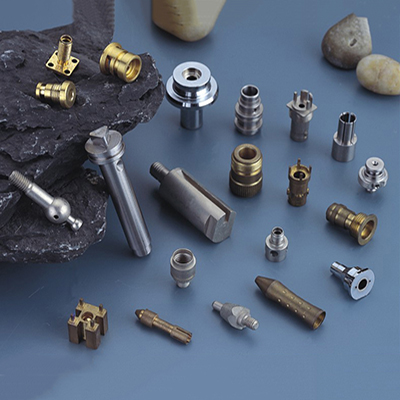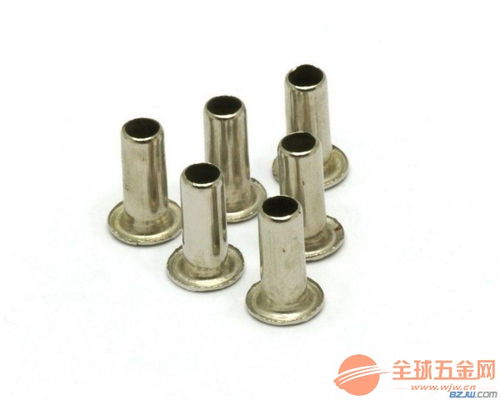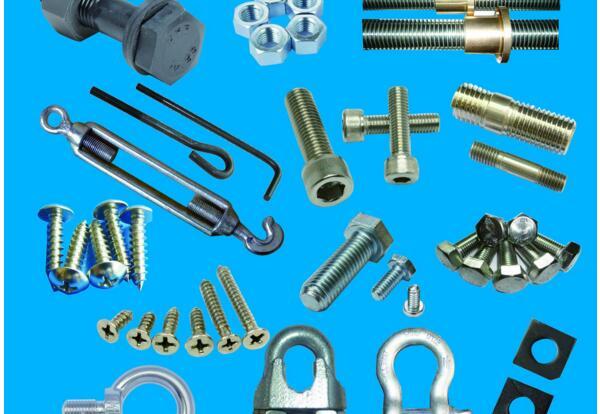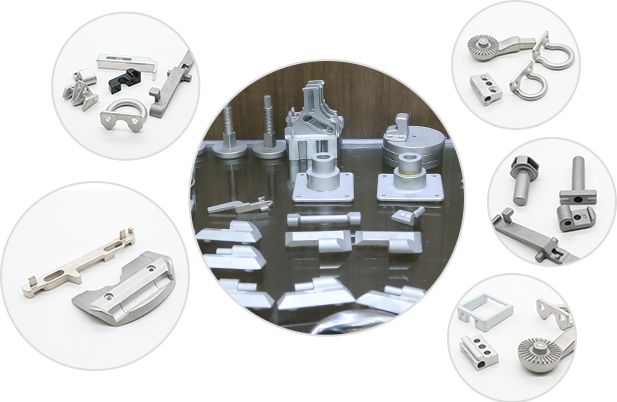How to Judge the Quality of Hardware Accessories
Judging the quality of hardware accessories is crucial for ensuring their performance and longevity. Firstly, check the materials used in the manufacturing process, as this will determine the durability and reliability of the product. Secondly, inspect the design and construction of the accessory to ensure it is well-made and fits the intended purpose. Thirdly, look for certification or approval from reliable organizations, which indicates that the accessory has undergone rigorous testing and meets specific standards. Lastly, consider the brand reputation and customer feedback to gain a broader understanding of the accessory's performance and reliability. By considering these factors, you can make a well-informed decision on the quality of hardware accessories.
Hardware accessories, often taken for granted, are crucial components of any mechanical or electrical device. They include fasteners, bearings, seals, and other similar parts that ensure the smooth and reliable operation of a device. Given their importance, it is essential to be able to judge the quality of these accessories to ensure the overall performance and durability of a device. This article outlines several key factors that help in determining the quality of hardware accessories.
Firstly, one of the most significant aspects of hardware accessory quality is the material used in their manufacture. High-quality materials not only ensure the structural integrity and durability of the accessory but also contribute to its overall performance and lifespan. For instance, stainless steel fasteners are known for their superior corrosion resistance and mechanical properties, making them ideal for applications where harsh environmental conditions are present. Similarly, bearings made from high-grade ceramic or graphite materials offer superior wear resistance and low friction properties, ensuring longer service life and better performance.

Another crucial aspect of hardware accessory quality is the manufacturing process employed. High-quality manufacturing processes, such as precision machining, grinding, and polishing, ensure the accuracy and surface finish of the accessory. This, in turn, affects the fit and function of the accessory within its application. For example, precision-machined shafts and bearings ensure smooth rotational motion with minimal friction and wear, while polished surfaces reduce the likelihood of corrosion and improve the overall aesthetics of the device.
Furthermore, hardware accessory quality is also influenced by the design and specifications of the accessory. Well-designed accessories not only meet the functional requirements but also ensure ease of installation, maintenance, and replacement. For instance, seals with a unique design that allows for easy installation and removal while maintaining a high level of sealing performance are considered high-quality. Similarly, fasteners with compatible thread sizes and pitches ensure proper tightening and sealing, preventing leakage or joint failure.

To sum up, judging the quality of hardware accessories requires considering multiple factors such as material selection, manufacturing process, and design specifications. By understanding these aspects and their impact on accessory performance and lifespan, users can make informed decisions when selecting hardware accessories for their devices. This ensures the overall reliability and durability of the device while optimizing its performance and efficiency.
Articles related to the knowledge points of this article:
Title: Qingdao Hardware Fittings: The Key to Quality and Performance
Battery Hardware Accessories: An Essential Component for Modern Devices
Title: Understanding the Price Structure of Industrial Hardware Components and Services
Title: Comprehensive Guide to New Bathroom Cabinet Hardware Accessories



